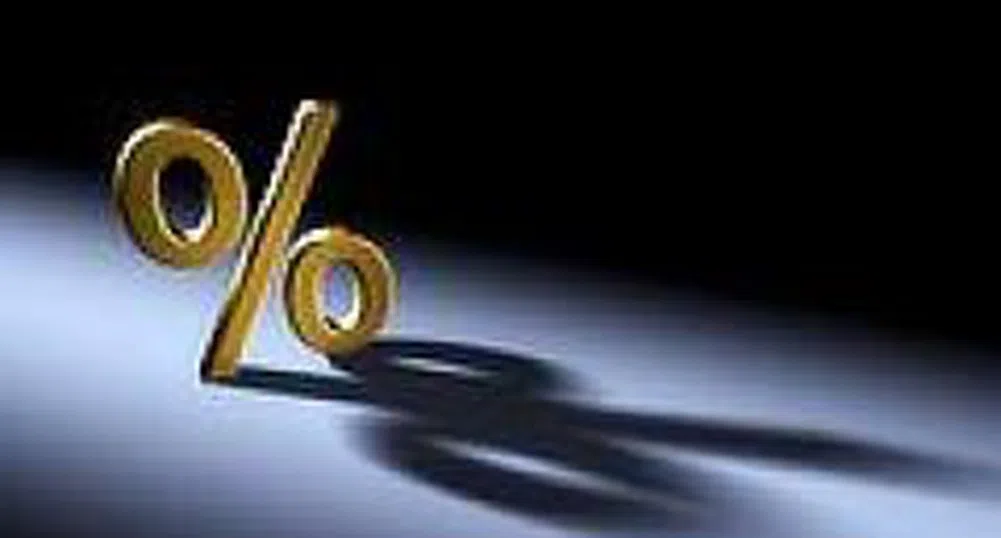Romania Leaves Main Interest Rate Unchanged as Inflation Slows

Romania's central bank left its main interest rate unchanged for the first time in a year as a bumper harvest slows inflation and policy makers study the local impact of global economic turmoil, Bloomberg reported.
The Banca Nationala a Romaniei left its Monetary Policy Rate at 10.25 percent, the highest in the European Union. That's in line with the median forecast in a Bloomberg survey of 12 economists.
``We favor no change to the rate based on the improved inflation outlook,'' said Nicolaie Alexandru-Chidesciuc, a senior economist at ING Bank Romania, in an e-mail before the decision. ``This could calm inflation expectations and might send the signal that the central bank perceives things as going in the right direction, in line with other central banks in the region.''
Romania's central bank has raised its main rate at every policy meeting in the past year, lifting it from 7 percent last October. The inflation rate rose from a 17-year low of 3.7 percent in March 2007, to 9 percent in July. It fell to 8 percent in August. Central bank Governor Mugur Isarescu sees a year-end inflation rate at 6.6 percent at the highest.
The decision to leave the rate unchanged is in line with other central banks in eastern Europe amid easing inflation and a global financial crisis.
Poland left its main rate unchanged yesterday at 6 percent while economists predict the Czech central bank will hold its rate at 3.5 percent today. Slovakia and Hungary are expected to do the same next week.
In Romania, a bumper crop lowered some food prices and slowed gains in others in August. The Agriculture Ministry said on Sept. 10 that the wheat and rye harvest will be twice as big this year as 2007, when farms were stricken by a drought.
The leu's slower depreciation also helped keep inflation in check. Romanian consumer prices are sensitive to fluctuations in the leu as rent, gasoline, telephone bills and other items are measured in euros and paid for in lei. The leu is down 7 percent against the euro over the same period last year, after being down as much as 15 percent in July.
The central bank's previous interest-rate increases have also helped slow a lending boom that was pressuring prices. Private debt increased an annual 50.4 percent in August, compared with 55.8 percent in July and 63.4 percent in June.
Chidesciuc said the central bank may raise the rate again later in the year because of an expected increase in government spending leading up to Nov. 30 parliamentary elections, rising wages and accelerating economic growth.
Romania's economy expanded an annual 9.3 percent in the second quarter and Finance Minister Varujan Vosganian predicted growth will accelerate in the third quarter to about 9 percent by year-end. Net wage growth, which the central bank has cited as another main inflation threat, quickened to an annual 25.8 percent in July.
)
&format=webp)
&format=webp)
&format=webp)
&format=webp)
&format=webp)
&format=webp)
&format=webp)
&format=webp)